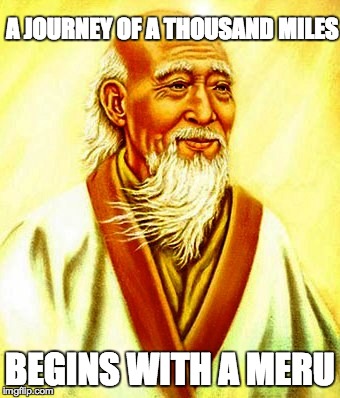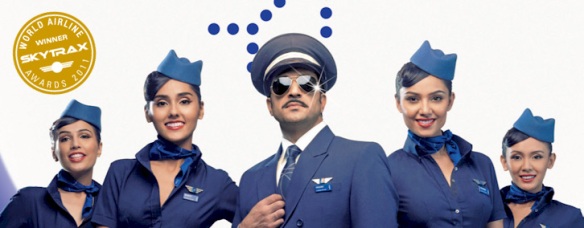(as appeared in Brand Equity on March 1st, 2016)
“The more constraints one imposes, the more one frees one’s self” – Igor Stravinsky.
And as one of the most impactful creators ever, Stravinsky will know.
An area of relevance for this quote is the world of mobile advertising. The constraints of the platform have often challenged us to come up with creative solutions. There is a reason why many of us don’t remember great mobile ads, the way we do TV commercials or digital videos. How many water cooler conversations have we had about that brilliant banner? But unlike Stravinsky, we have not been able to free ourselves. Our efforts so far have been lacking in imagination.
Facebook has now attempted to solve this problem with ‘Canvas’ – a mobile ad format that is meant to empower marketers and unchain innovation. Is this the right solution though? A few things come to mind:
The story telling chasm:
In display advertising in general and mobile advertising in particular, this has rarely been crossed successfully. However with Canvas, marketers will probably have the best opportunity up until now to create a mobile experience that the user will remember. A great example of that is what brands like Wendy’s and ASUS have already been able to achieve on this.
However we need to remember that since Canvas is post-click, it is really a solution in the advertiser’s time and not the platform’s time. Shouldn’t brands be able to tell better stories to users before they engage with the ad (and in the process increase the probability of the same)?
The user side of the story:
All great mobile experiences have one starting point – putting the user at ease. With slow loading sites and the need to leave an app environment for a browser, the mobile ad experience on Facebook has remained choppy. By having the endpoints of these ads preloaded so they appear almost instantly when a user clicks on the ad link in the news feed, FB seems to have solved this problem. And by leveraging design elements that users are familiar with – like browsing photos, Canvas will probably be the most intuitive ad format on this platform yet.
However this comes at a cost to the brand – It will not be able to create a unified ad experience across platforms. The post click world will be so different on Facebook when compared to YouTube, for the same campaign. Why should a brand relinquish consistency? Also, is this Facebook’s problem to solve? Is it taking up a task that should ideally be done by an industry standard?
The status quo:
Canvas might not necessarily cost more for planners and more importantly, it can be created without much fuss on the self-serve tool. Brands can drag around images, videos and GIFs to ‘storify’ their message. In that sense, it seems like a win for all at the moment – Facebook wins because users are spending more time; marketers win because there is more engagement with the ad and most importantly, users win because advertising got a bit more interesting. But a closer scrutiny will reveal that Facebook probably wins much more than the others.
At the end of the day, Canvas mandates brands to relinquish more campaign control to Facebook. This is OK from a Facebook POV because it wants brands to think of their platform as a universe in itself. However, I am not sure brands are on the same page yet. What is in it for them? If you think about it, for years now brands have been spending monies endlessly in driving traffic to Facebook brand pages – a traffic that has largely remained within the confines of that platform.
How can Facebook change this perception? Data could be a starting point. Historically, Facebook has not been the most forthcoming when it comes to sharing data or insights (related to consumer behavior) with brand custodians. Could that change with Canvas? Could that be leverage for Facebook to get brands to travel with them further? Possibly. If not, we might probably fall short of a few brushes on this canvas.







